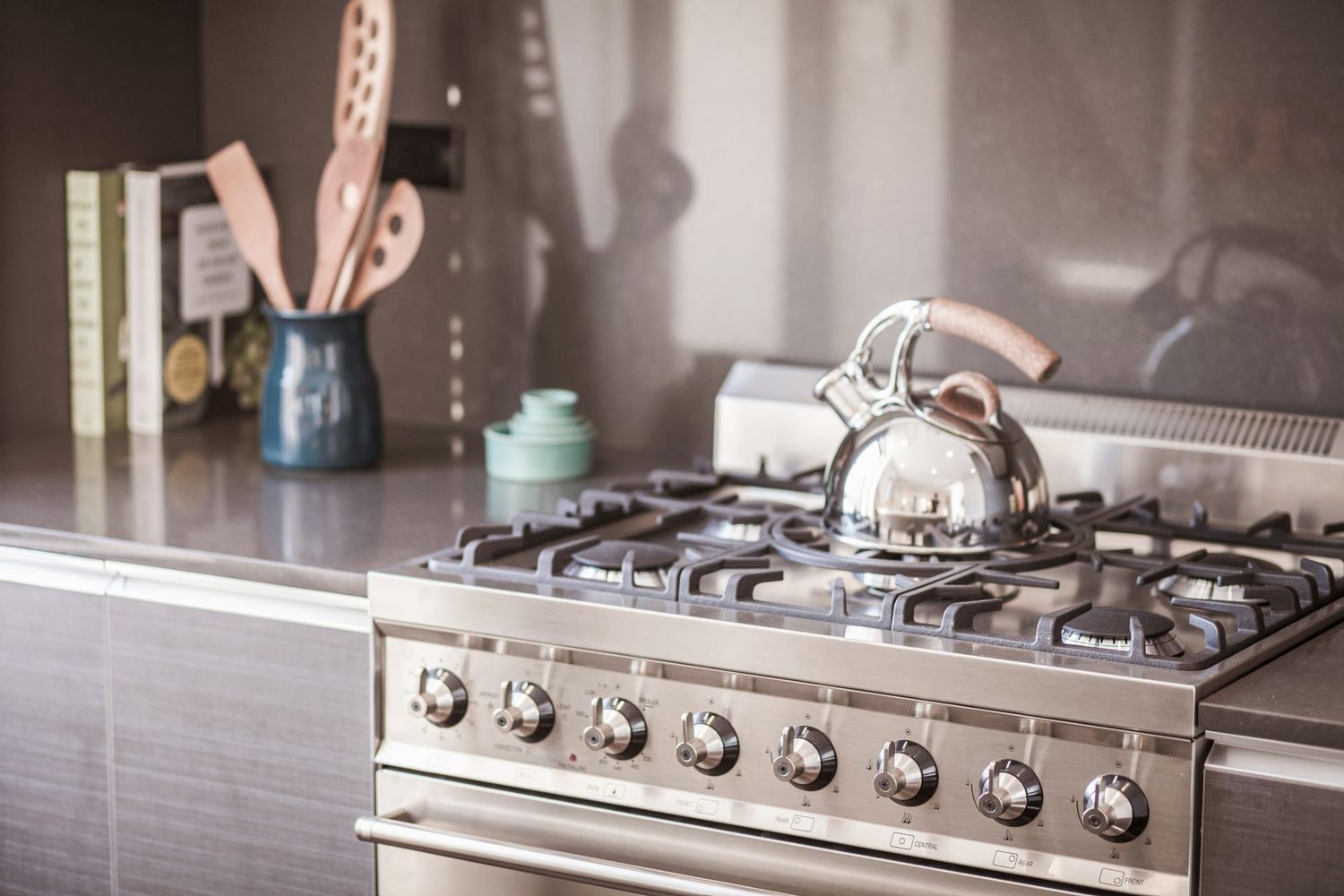

Articles
What Are Stove Burners Made Of
Modified: May 6, 2024
Learn about the materials used to make stove burners with informative articles that cover everything from stainless steel to cast iron.
(Many of the links in this article redirect to a specific reviewed product. Your purchase of these products through affiliate links helps to generate commission for Storables.com, at no extra cost. Learn more)
Introduction
Stove burners are an essential component of every kitchen, providing a reliable source of heat for cooking various dishes. Whether you’re simmering a delicious sauce, sautéing vegetables, or boiling water for pasta, the stove burners play a crucial role in achieving the desired cooking results. But have you ever wondered what stove burners are made of?
In this article, we will explore the different types of stove burners and the materials used to manufacture them. Understanding the composition of stove burners can help you make informed decisions when buying a new stove or replacing the existing burners.
So, let’s dive in and uncover the secrets behind the construction of stove burners!
Key Takeaways:
- Gas burners offer precise temperature control and instant heat response, making them a favorite among chefs and cooking enthusiasts. They provide even heat distribution and are suitable for multiple cooking techniques.
- Stainless steel burners are durable, corrosion-resistant, and offer sleek aesthetics. They provide even heat distribution and are easy to clean, making them a versatile choice for both gas and electric stoves.
Read more: What Are Glass Top Stove Burners Made Of
Types of Stove Burners
Stove burners come in various types, each designed for different cooking methods and preferences. Let’s take a closer look at the most common types of stove burners:
- Gas Burners: Gas burners have been a staple in kitchens for many years. They are powered by natural gas or propane and provide instant, controllable heat. Gas burners offer precise temperature control, allowing you to adjust the flame to your desired level. They are commonly found in traditional stoves and cooktops.
- Electric Coil Burners: Electric coil burners are another popular choice. They consist of metal coils that heat up when electricity flows through them. These burners are known for their quick heat-up time and affordability. Electric coil burners are often found in budget-friendly electric stoves.
- Ceramic Glass Burners: Ceramic glass burners offer a sleek and modern look. They use radiant heat from an electric element placed beneath the smooth glass surface. These burners heat up quickly and are easy to clean. Ceramic glass burners are commonly found in electric cooktops and some high-end stoves.
- Induction Burners: Induction burners are gaining popularity due to their efficiency and precise control. They use electromagnetic fields to directly heat the cookware, resulting in faster heat-up times and more energy-efficient cooking. Induction burners require cookware made of magnetic materials, such as cast iron or stainless steel.
These are the main types of stove burners that you will come across in the market. Each type has its advantages and considerations, so it’s important to choose one that suits your cooking style and needs.
Gas Burners
Gas burners are a popular choice among chefs and cooking enthusiasts due to their precise temperature control and instant heat response. They are powered by either natural gas or propane, which flows through a series of burners to produce a flame.
One of the key advantages of gas burners is the ability to adjust the flame size to control the cooking temperature. Simply turn the knob to increase or decrease the gas flow, allowing for precise cooking techniques like simmering, sautéing, or boiling. Gas burners also provide even heat distribution, which ensures consistent cooking results.
Gas burners are commonly found in traditional stoves and cooktops. They consist of multiple burners placed on top of the stove, allowing for multiple pots and pans to be used simultaneously. This is particularly beneficial for cooking multiple dishes at once or when entertaining guests.
When it comes to maintenance and cleaning, gas burners are relatively simple. The burners can be easily removed for cleaning, and spills or food particles can be wiped away. However, it’s important to regularly inspect the burner ports for any clogs or blockages that may affect the flame quality.
One drawback of gas burners is that they require a gas source, either through a natural gas connection or a propane tank. This may limit the installation options for some households. Additionally, gas burners can produce open flames, which pose a higher risk of accidents if not used carefully.
Overall, gas burners offer great cooking versatility and control, making them preferred by many professional chefs and cooking enthusiasts. They provide the ability to fine-tune the heat and achieve consistent cooking results, making them an excellent choice for home kitchens.
Electric Coil Burners
Electric coil burners are a common type of stove burners found in many households. They are known for their affordability and straightforward operation. Electric coil burners consist of metal coils that heat up when an electric current passes through them.
One of the advantages of electric coil burners is their quick heat-up time. As soon as the power is turned on, the coils start to heat, allowing for faster cooking. The size of the coil determines the heating capacity, with larger coils providing more heat output.
Electric coil burners offer a wide range of temperature settings, allowing you to adjust the heat to suit different cooking needs. This makes them suitable for various cooking techniques like simmering, frying, or boiling. Additionally, they provide even heat distribution, ensuring that your food cooks consistently.
When it comes to cleaning, electric coil burners are relatively easy. The burners can be lifted off the stove, making it convenient to wipe away any spills or food debris. It’s important to note that over time, the coils may discolor due to prolonged use, but this does not affect their performance.
Despite their affordability, electric coil burners have some drawbacks. One of the main issues is the slow heat response. Compared to other burner types, electric coils take more time to heat up and cool down, which can be a hindrance when cooking dishes that require precise temperature adjustments.
Another limitation is the potential for uneven heating due to the coil design. The heat is concentrated around the coil, which can result in uneven cooking if the cookware does not have a good contact surface area with the coil.
Overall, electric coil burners are a reliable and budget-friendly option for home kitchens. They may not offer the same precision and speed as other burner types, but they get the job done effectively. If you’re looking for a simple and affordable cooking solution, electric coil burners are worth considering.
Ceramic Glass Burners
Ceramic glass burners have gained popularity in recent years for their sleek and modern appearance. These burners use radiant heat, generated by electric elements placed beneath a smooth glass surface, to provide efficient and even cooking.
One of the key advantages of ceramic glass burners is their fast heat-up time. The glass surface heats up quickly, allowing for prompt cooking. This means less waiting time and more efficient meal preparation.
Ceramic glass burners also offer precise temperature control, allowing you to adjust the heat to suit your cooking needs. The heat output can be easily adjusted with a touch or slide control, providing flexibility for various cooking techniques like simmering, searing, or boiling. The even heat distribution ensures that your food cooks evenly, eliminating hot spots.
In terms of maintenance, ceramic glass burners are relatively easy to clean. The smooth glass surface can be quickly wiped down to remove any spills or stains. However, it’s important to note that the glass surface can be fragile and may scratch or crack if not handled with care. Using appropriate cookware and avoiding abrasive materials can help prolong the lifespan of the burner.
One limitation of ceramic glass burners is their reliance on electricity. This means they require a stable power supply to function properly. Additionally, the glass surface retains heat, which can pose a safety hazard if not handled cautiously. It’s crucial to exercise caution and allow the burner to cool down before cleaning or touching the surface.
Ceramic glass burners are commonly found in electric cooktops and some high-end stoves. They offer a sleek and modern aesthetic, making them a popular choice for contemporary kitchens. If you prefer a stylish and efficient cooking experience, ceramic glass burners may be the perfect option for you.
Read more: What Are Stove Burners Called
Induction Burners
Induction burners are a revolutionary type of stove burners that have gained significant popularity in recent years. Unlike traditional burners that rely on heat transfer, induction burners use electromagnetic fields to directly heat the cookware.
One of the most significant advantages of induction burners is their incredible efficiency. They heat up much faster than other burner types, resulting in shorter cooking times and reduced energy consumption. Induction burners are known for their precise temperature control, allowing for accurate and consistent cooking results.
Induction burners offer a wide range of heating levels, from gentle simmering to high-temperature frying. The heat is generated only within the cookware itself, providing exceptional control over the cooking process. This feature is particularly beneficial for delicate recipes that require precise timing and temperature adjustments.
Another advantage is safety. Since induction burners don’t use open flames or traditional heating elements, the surface remains cool to the touch. This reduces the risk of accidental burns and makes induction burners a popular choice for households with children or pets. Additionally, with no open flames, the chances of fire hazards are significantly reduced.
Induction burners require special cookware made of magnetic materials, such as cast iron or stainless steel. These materials allow the magnetic field to interact with the cookware and generate the necessary heat. Non-magnetic cookware, such as aluminum or copper, will not work effectively on induction burners.
When it comes to cleaning, induction burners offer convenience. The smooth surface is easy to wipe clean, and spills or splatters do not get baked onto the surface. Since the burner surface does not generate heat itself, any spills do not become stubborn stains that are challenging to remove.
While induction burners provide many benefits, there are a few considerations to keep in mind. Induction burners can be more expensive compared to other burner types, and the cost may increase when purchasing compatible cookware. Additionally, induction burners require access to electricity, so a reliable power supply is necessary.
With their efficiency, precision, and safety features, induction burners are an excellent choice for those seeking a modern and high-performance cooking experience. If you prioritize speed, control, and energy efficiency, an induction burner may be the perfect addition to your kitchen.
Stove burners are typically made of cast iron, stainless steel, or ceramic. Cast iron burners are durable and retain heat well, while stainless steel burners are easy to clean. Ceramic burners are efficient at distributing heat evenly.
Materials Used in Stove Burners
Stove burners are constructed using a variety of materials to ensure durability, heat transfer efficiency, and resistance to high temperatures. Here are some of the common materials used in stove burners:
- Cast Iron: Cast iron burners are known for their excellent heat retention and distribution. They can withstand high temperatures and provide even heat across the cooking surface. Cast iron burners are often found in traditional gas stoves.
- Stainless Steel: Stainless steel burners are corrosion-resistant, making them a popular choice in both gas and electric stoves. They offer durability and can withstand high heat. Stainless steel burners are easy to clean, resistant to stains, and provide efficient heat transfer.
- Aluminum: Aluminum burners are lightweight and offer good heat conductivity. They are commonly found in electric coil burners. Aluminum burners heat up quickly and evenly distribute heat, making them ideal for fast cooking.
- Ceramic: Some electric cooktops feature ceramic burners. These burners consist of a ceramic glass surface with embedded heating elements beneath. Ceramic burners provide efficient heat transfer, fast heat-up times, and sleek aesthetics.
Aside from the burner materials, other components like ignition systems, knobs, and grates may be made of materials such as plastic, glass, or brass. These materials are chosen for their heat-resistant properties and ease of maintenance.
It’s important to note that the materials used in stove burners may vary depending on the manufacturer and the type of stove or cooktop. Higher-end models may incorporate additional materials or use specialized alloys to enhance heat efficiency and durability.
When choosing a stove or considering burner replacement, it’s essential to consider the materials used in the burners to ensure they meet your cooking needs and preferences. Understanding the characteristics and benefits of different materials can help you make an informed decision when purchasing or upgrading your stove.
Cast Iron Burners
Cast iron burners are a popular option for gas stoves due to their exceptional heat retention and distribution properties. They are known for their durability and ability to withstand high cooking temperatures.
One of the key advantages of cast iron burners is their excellent heat retention. Once heated, cast iron retains the heat for a longer period, allowing for consistent cooking. This helps in achieving even cooking results and preventing hot spots on the burner surface.
Cast iron burners also distribute heat evenly across the cooking surface, ensuring that food cooks uniformly. The even heat distribution is particularly important for dishes that require slow, simmering cooking techniques or for searing meats at high temperatures.
Another advantage of cast iron burners is their resistance to high temperatures. They can withstand intense heat without warping or deforming, making them a durable option for gas stoves. The robust nature of cast iron burners makes them suitable for heavy-duty cooking in professional kitchens as well.
When it comes to maintenance, cast iron burners require some care. They should be cleaned regularly to remove any grease or food residue. It’s recommended to avoid using harsh cleaning agents or abrasive materials, as they can damage the cast iron surface. Seasoning the cast iron burners with oil helps prevent rust and improves their non-stick properties.
While cast iron burners offer excellent heat distribution and retention, there are a few considerations to keep in mind. Cast iron burners take longer to heat up compared to other burner materials. Therefore, it may require slightly more time for the burner to reach the desired cooking temperature.
Additionally, cast iron burners can be heavy, which may make them more challenging to handle and clean. However, the durability and cooking performance they offer often outweigh the inconvenience of their weight.
Overall, cast iron burners are a reliable and preferred choice for those who enjoy the versatility and control of gas stoves. They excel in providing consistent heat and even distribution, making them an excellent option for a variety of cooking techniques.
Stainless Steel Burners
Stainless steel burners are a popular choice for both gas and electric stoves due to their durability, heat resistance, and sleek appearance. They offer several advantages that make them a preferred option among home cooks and professional chefs alike.
One of the key advantages of stainless steel burners is their corrosion resistance. Stainless steel is highly resistant to rust and staining, prolonging the lifespan of the burners. This makes them suitable for withstanding the rigors of high-heat cooking and frequent cleaning.
Stainless steel burners also offer excellent heat transfer efficiency. They distribute heat evenly across the cooking surface, ensuring consistent cooking results. This allows for precise temperature control and the ability to achieve desired cooking techniques, such as searing, simmering, or sautéing.
In addition to their performance benefits, stainless steel burners are aesthetically appealing. The sleek and polished appearance of stainless steel adds a touch of elegance to any kitchen. They are easy to maintain and clean, as stainless steel surfaces are resistant to stains and can be wiped down with ease.
When it comes to durability, stainless steel burners are designed to withstand high cooking temperatures without warping or deforming. They are also resistant to impact and scratches, making them a durable choice for long-term use.
It’s important to note that the quality of stainless steel can vary, and some higher-grade alloys may offer better heat distribution and durability. When purchasing a stove or replacing the burners, considering the quality and thickness of the stainless steel used is crucial for optimal performance and longevity.
While stainless steel burners offer numerous advantages, there are a few considerations to keep in mind. Stainless steel can show fingerprints and smudges more easily, requiring regular cleaning to maintain their polished appearance. Additionally, stainless steel burners may take slightly longer to heat up compared to other materials.
Overall, stainless steel burners are a reliable and versatile choice for gas and electric stoves. They offer durability, even heat distribution, and an attractive aesthetic. Whether you’re a home cook or a professional chef, stainless steel burners are a great option to consider for your cooking needs.
Read more: What Are Different Size Stove Burners?
Aluminum Burners
Aluminum burners are commonly found in electric coil stoves and offer several advantages that make them a popular choice for home kitchens. They are known for their lightweight design, excellent heat conductivity, and affordability.
One of the key advantages of aluminum burners is their fast and efficient heat transfer. Aluminum is an excellent conductor of heat, allowing for quick and even distribution across the cooking surface. This means that the burner can heat up rapidly, reducing cooking time and energy consumption.
Aluminum burners are also lightweight, making them easy to handle and install. This can be particularly beneficial when it comes to cleaning or replacing burners, as the lightweight nature of aluminum makes the process more manageable.
In addition to their heat conductivity, aluminum burners are an affordable option for electric stoves. They are relatively low-cost compared to other burner materials, making them an attractive choice for budget-conscious individuals.
However, there are a few considerations to keep in mind when it comes to aluminum burners. While aluminum offers excellent heat conductivity, it may not retain heat as well as other materials. This can result in a slower recovery time when adjusting temperature settings or cooking multiple dishes simultaneously.
Furthermore, aluminum can be prone to warping under high temperatures. It’s important to avoid using excessive heat or placing heavy cookware directly on the burner surface, as this can lead to deformation. However, with proper care and cautious use, these issues can be minimized.
When it comes to cleaning, aluminum burners are relatively easy to maintain. They can be wiped down with a damp cloth or sponge, and any stubborn stains or spills can usually be removed with mild cleaning agents. It’s important to avoid using abrasive materials that can scratch the aluminum surface.
Overall, aluminum burners offer efficient heat transfer, lightweight design, and affordability. They are a practical and cost-effective option for electric coil stoves, providing a reliable cooking experience for everyday use.
Ceramic Burners
Ceramic burners are a unique option found in some electric cooktops and stoves. These burners consist of a ceramic material that offers several advantages, including efficient heat transfer, fast heat-up times, and sleek aesthetics.
One of the key advantages of ceramic burners is their ability to provide efficient heat transfer. The smooth ceramic surface distributes heat evenly across the cookware, ensuring consistent cooking results. This even heat distribution helps to prevent hot spots and allows for precise temperature control.
Ceramic burners are known for their fast heat-up times. The ceramic material has excellent heat retention properties, allowing for rapid and efficient heating. This means that you can start cooking in no time and reduce cooking durations, making them ideal for busy households or those who value convenience.
In addition to their functional benefits, ceramic burners offer a sleek and modern aesthetic. The smooth glass surface adds a touch of elegance to any kitchen and can elevate the overall look of the stove or cooktop. They are also relatively easy to clean, as spills and stains can be quickly wiped away.
While ceramic burners offer numerous advantages, they do come with a few considerations. The ceramic surface can be fragile and prone to scratching or cracking if not handled with care. It’s important to avoid impact or dropping heavy objects on the burner surface to prevent damage.
Furthermore, ceramic burners require specialized cookware made of materials compatible with the burners, such as glass, ceramic, or certain types of stainless steel. It’s important to ensure that the cookware you use is suitable for ceramic burners to achieve optimal performance and prevent any potential damage.
Overall, ceramic burners provide efficient and rapid heat transfer, making them a practical choice for those who prefer quick and even cooking. Their sleek appearance adds a touch of sophistication to any kitchen, making them a popular option for modern homes.
Conclusion
Stove burners are an essential component of every kitchen, providing the heat needed to prepare delicious meals. Understanding the different types of stove burners and the materials used in their construction can help you make informed decisions when it comes to choosing or upgrading your stove.
Gas burners offer precise temperature control and instant heat response, making them a favorite among chefs and cooking enthusiasts. Electric coil burners are affordable and quick to heat up, while ceramic glass burners provide a sleek and modern appearance with their radiant heat technology. Induction burners offer exceptional efficiency and precise control, making them a popular choice for those who prioritize speed and energy efficiency.
The materials used in stove burners play a significant role in their performance. Cast iron burners provide excellent heat retention and distribution, while stainless steel burners offer durability, resistance to corrosion, and sleek aesthetics. Aluminum burners are lightweight, cost-effective, and conduct heat efficiently, making them a practical choice for electric stoves. Ceramic burners provide efficient heat transfer and fast heat-up times, with a modern and elegant look.
Regardless of the type or material, it’s important to consider your cooking needs, preferences, and budget when selecting stove burners. Each type and material has its own advantages and considerations, and finding the right balance between performance, durability, and aesthetics is crucial.
In conclusion, stove burners are not just a functional component of your kitchen but also play a significant role in the cooking experience. Whether you prefer gas, electric, or induction, and whether you opt for cast iron, stainless steel, aluminum, or ceramic, choosing the right stove burners will enhance your culinary abilities and allow you to create delicious meals with precision and efficiency.
Now that you've learned about the various materials that make up stove burners, why not consider how you could take your cooking adventures outdoors? Whether you're planning a camping trip, a family picnic, or a road adventure, having the right equipment can make all the difference. Check out our detailed guide on portable gas stoves, perfect for any outdoor event. These stoves are designed to be lightweight, efficient, and easy to transport, making them ideal companions for your next excursion.
Frequently Asked Questions about What Are Stove Burners Made Of
Was this page helpful?
At Storables.com, we guarantee accurate and reliable information. Our content, validated by Expert Board Contributors, is crafted following stringent Editorial Policies. We're committed to providing you with well-researched, expert-backed insights for all your informational needs.
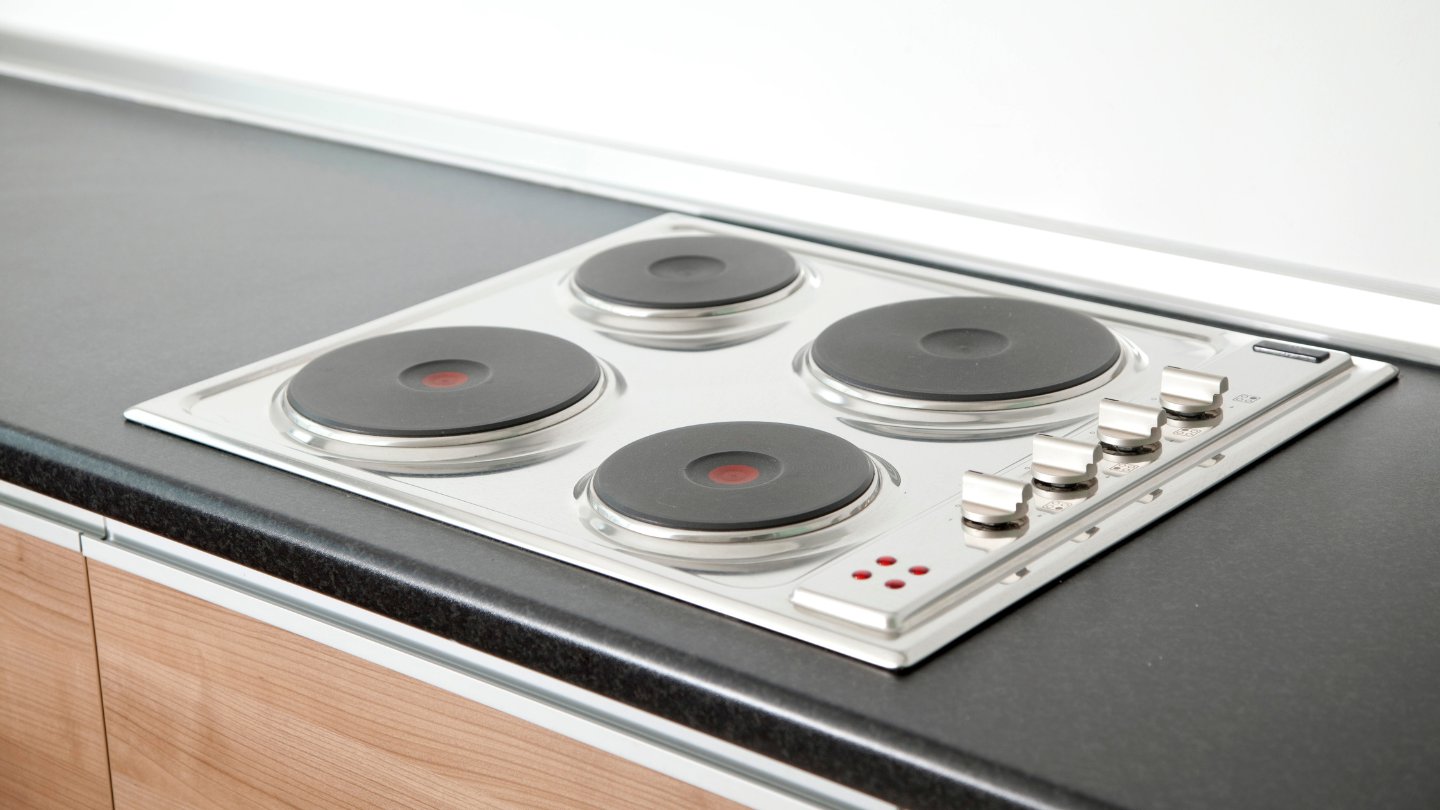
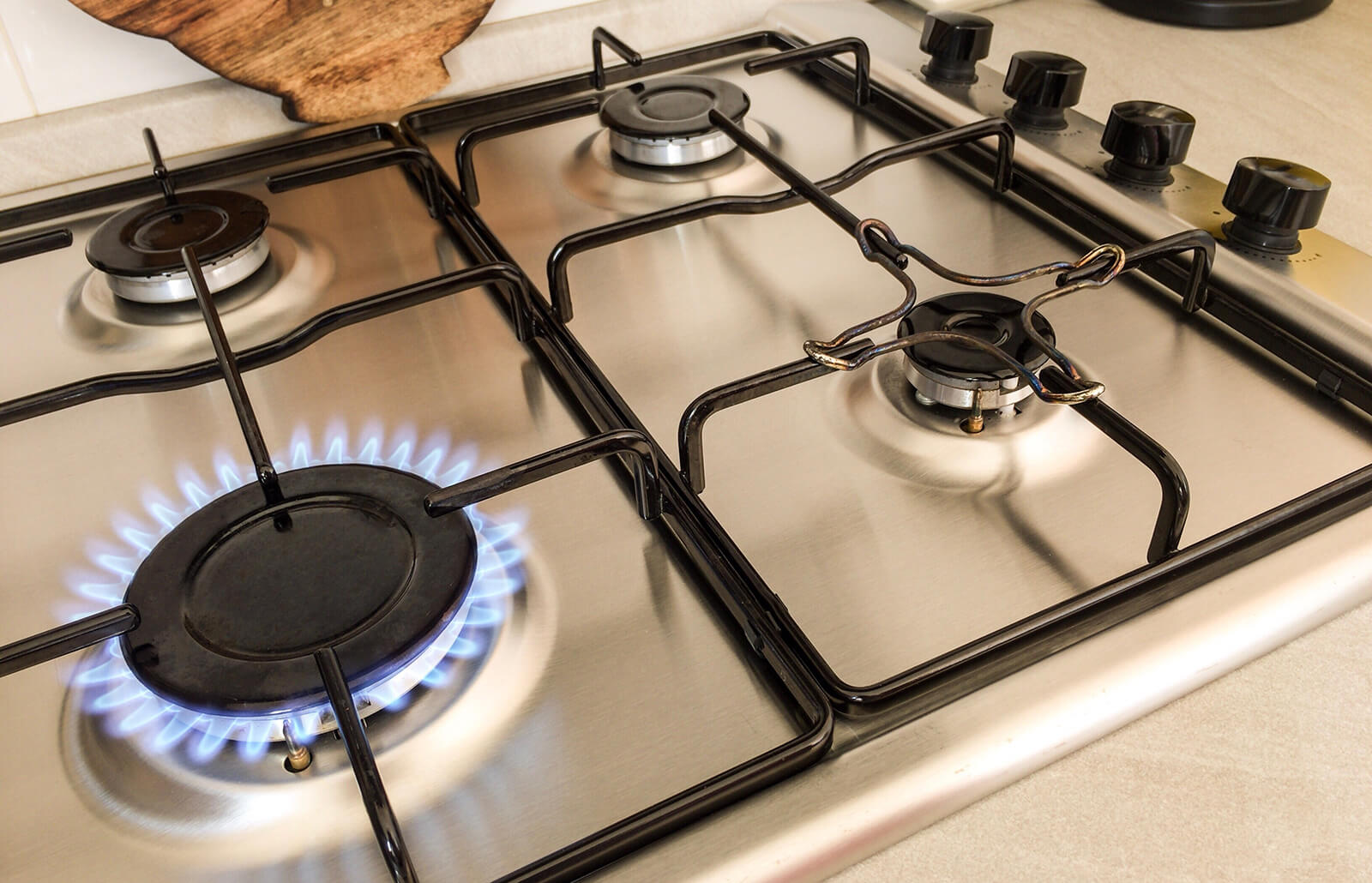
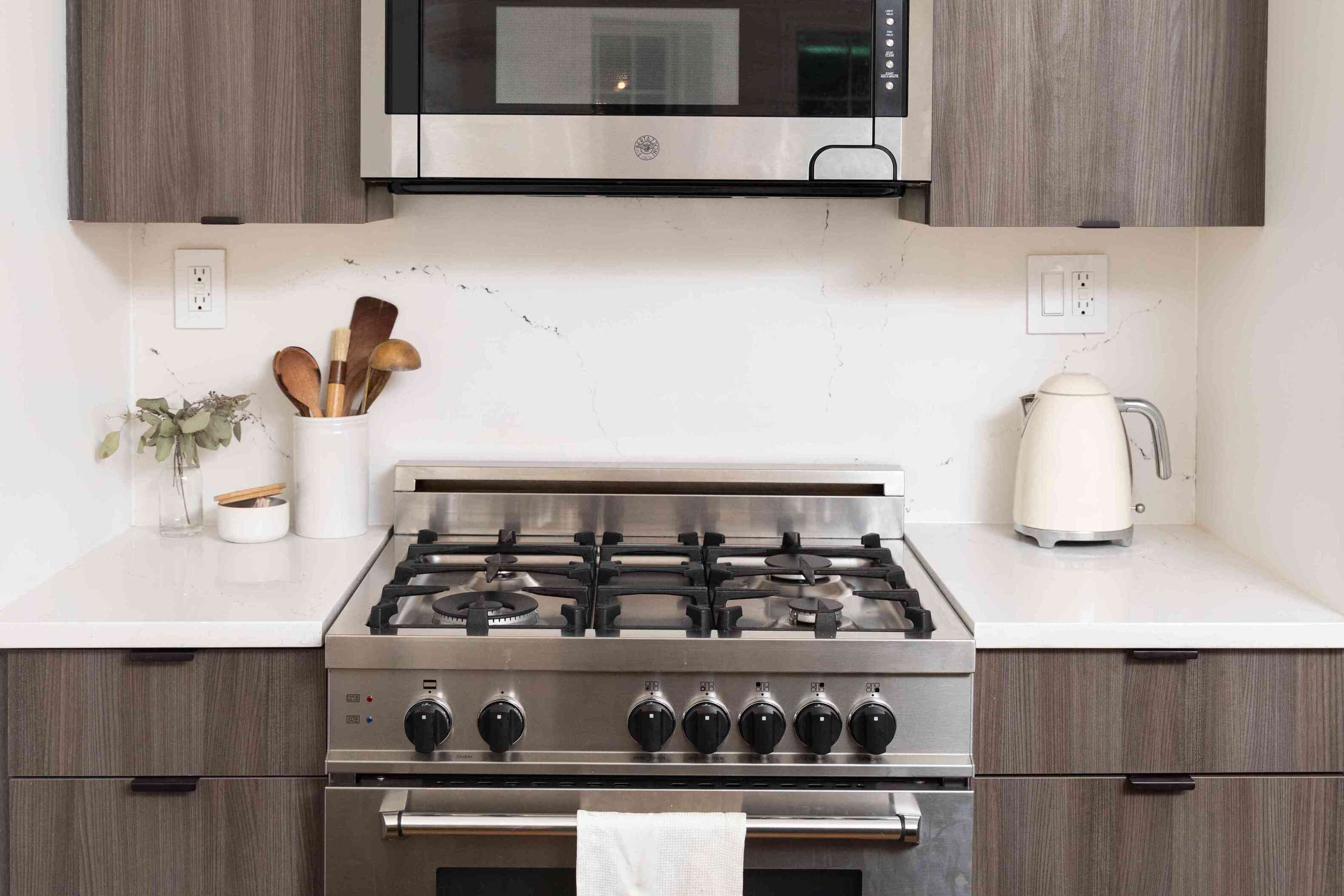
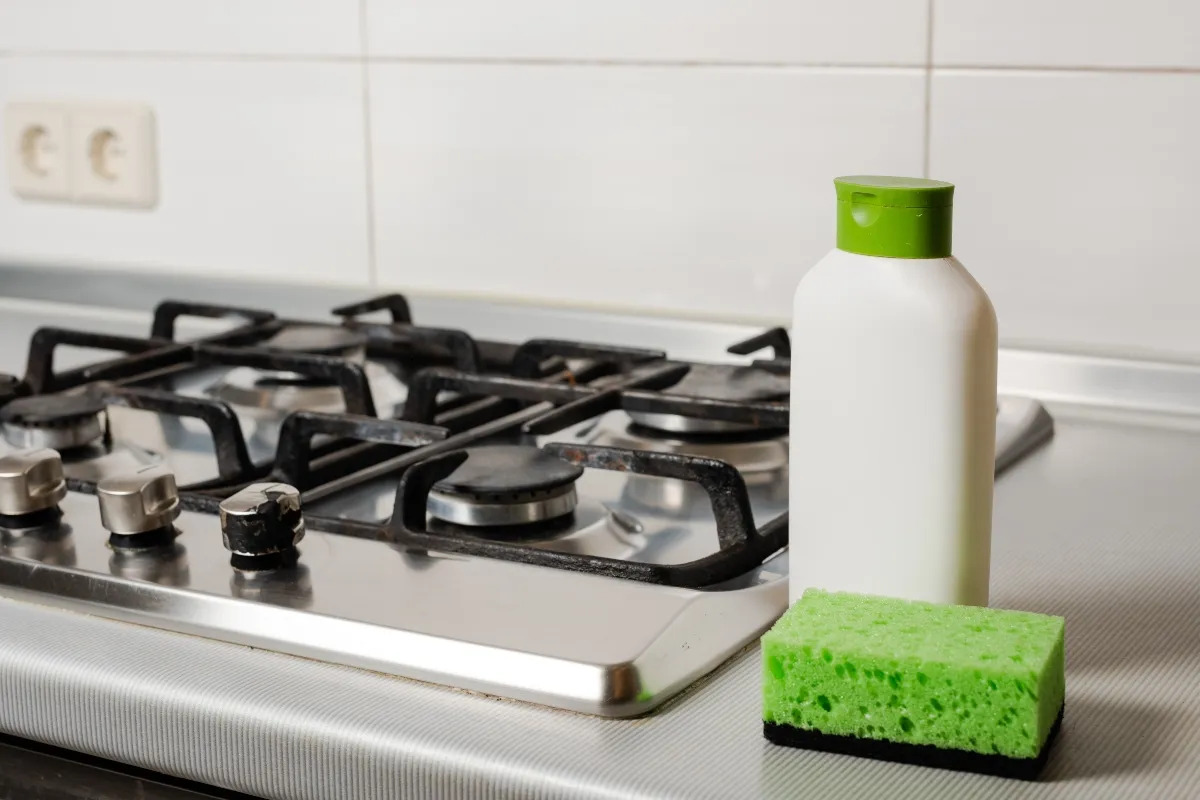
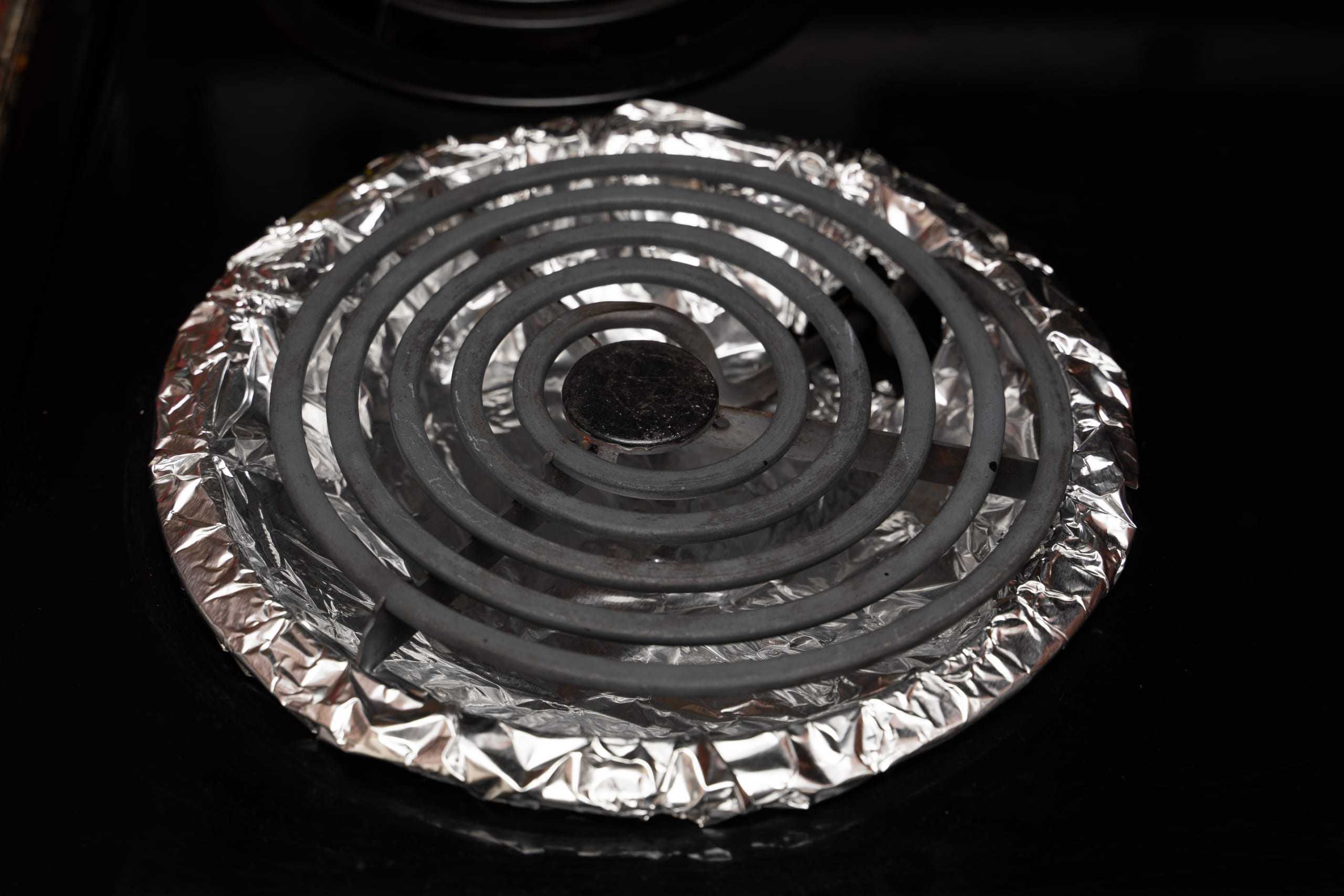
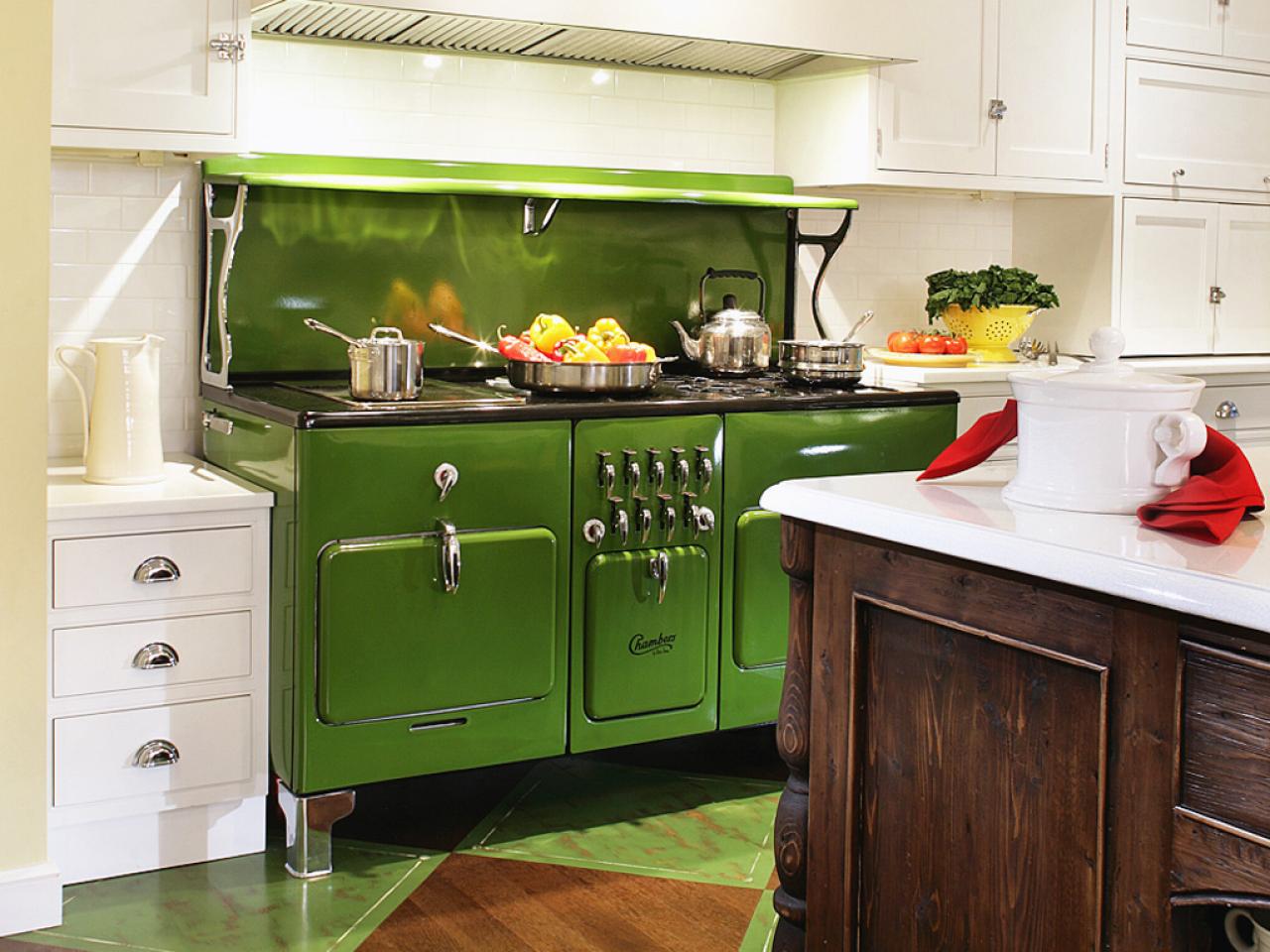
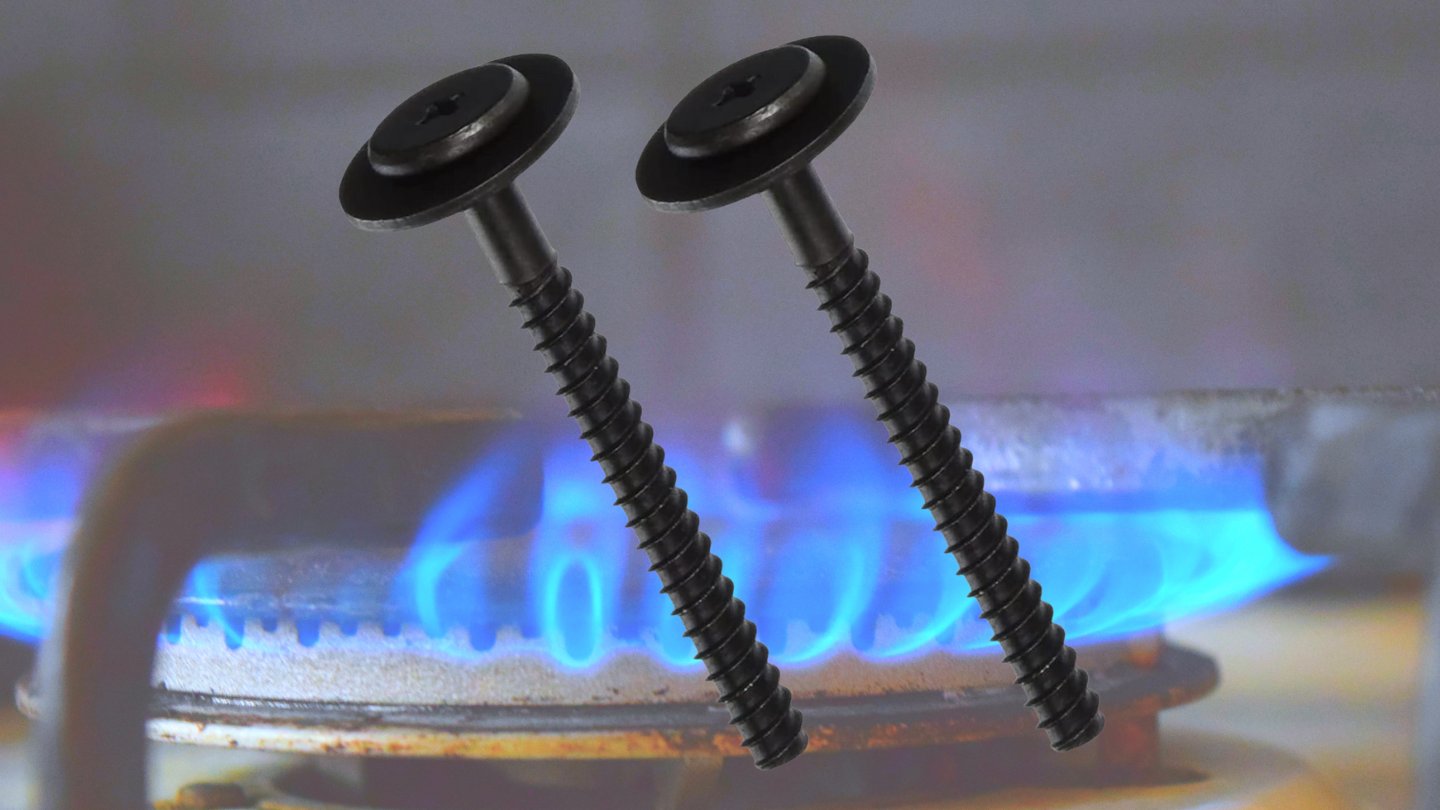
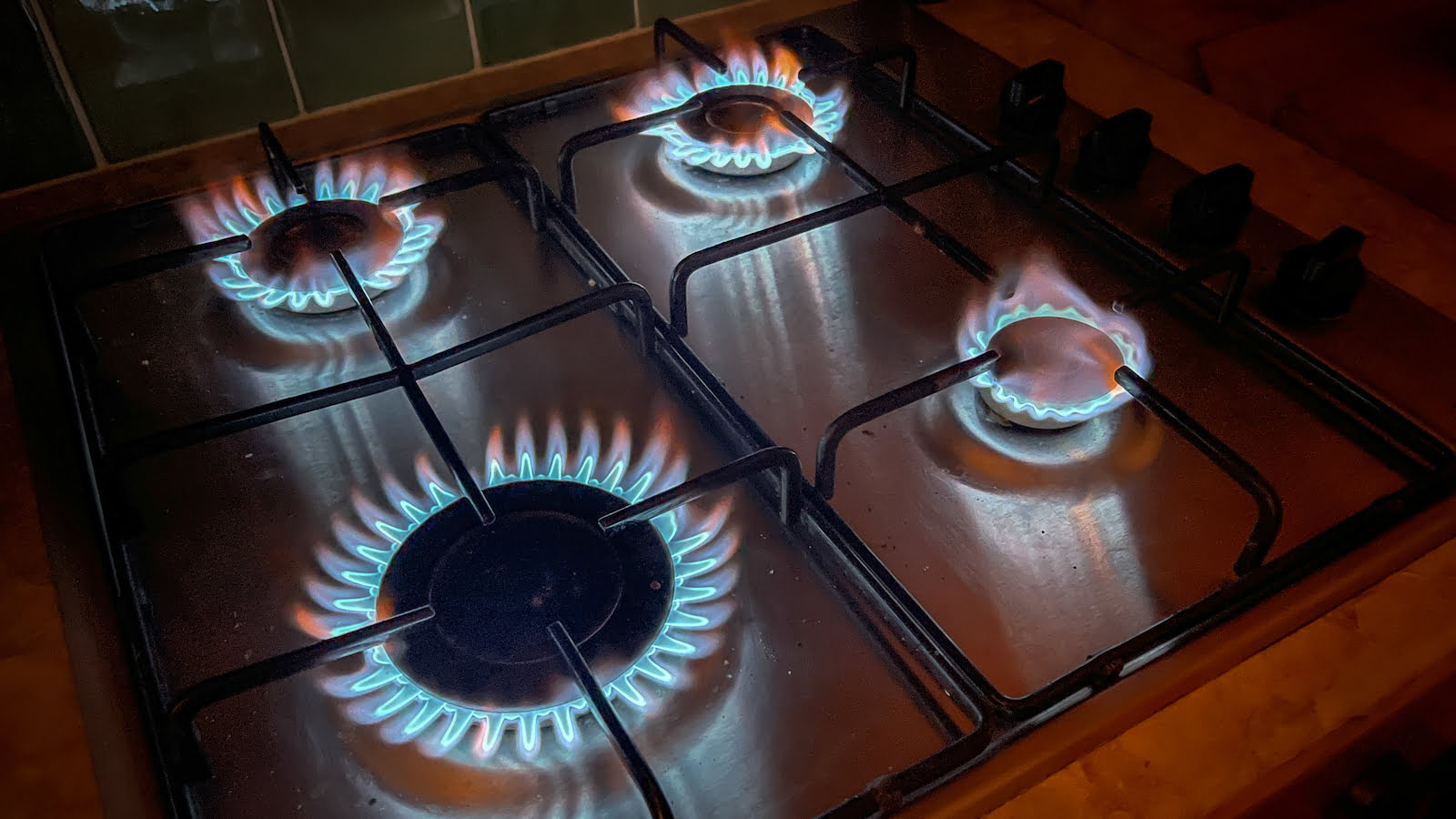
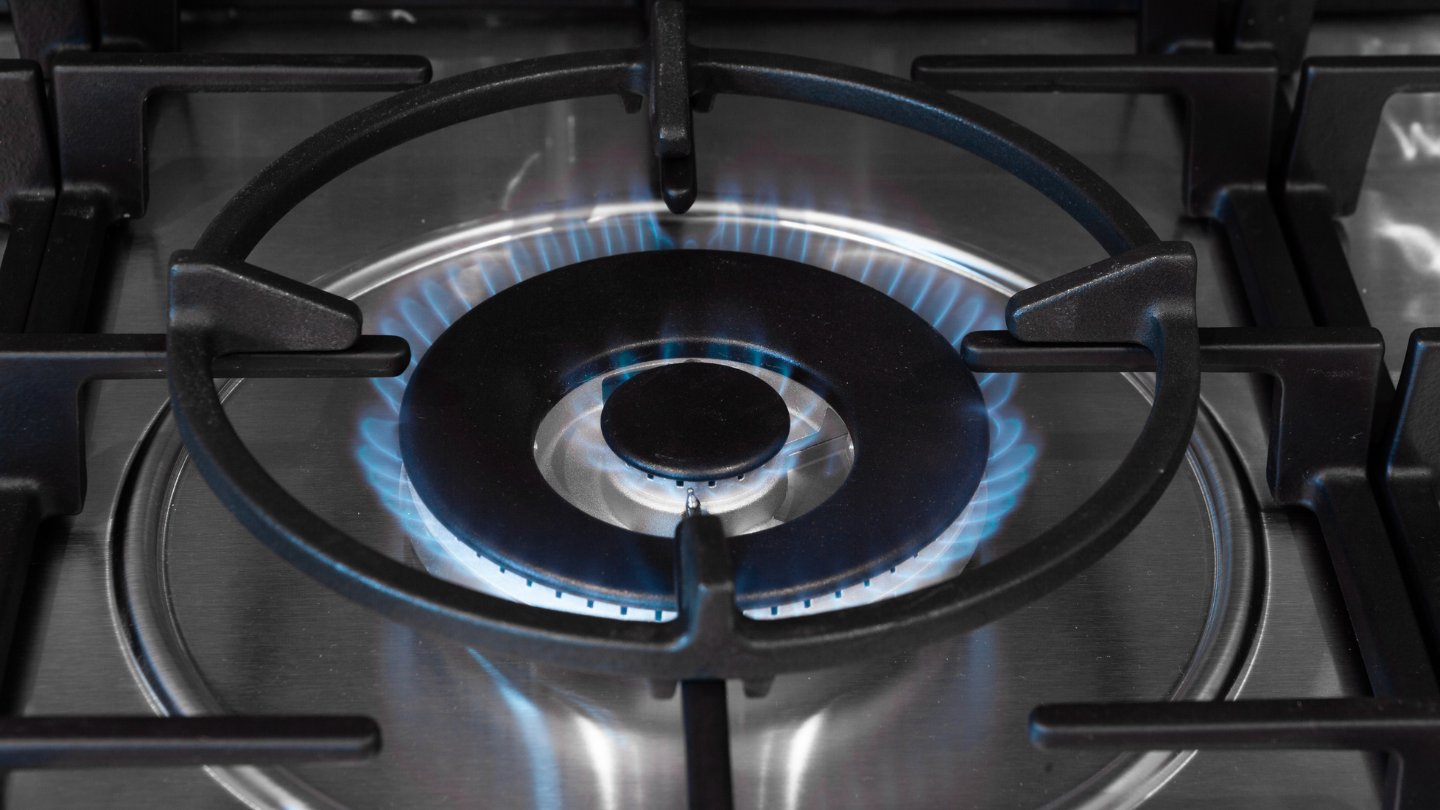
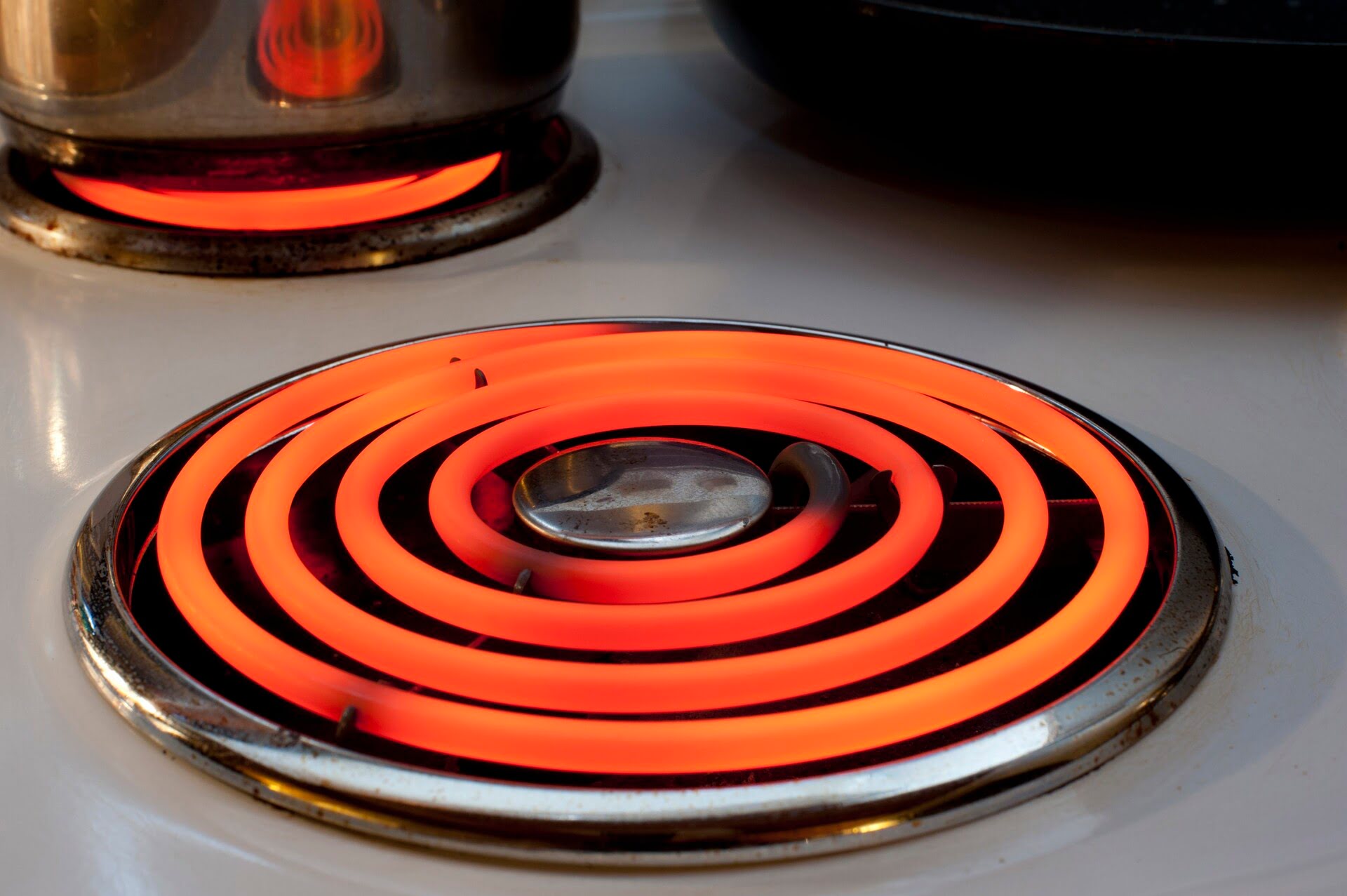
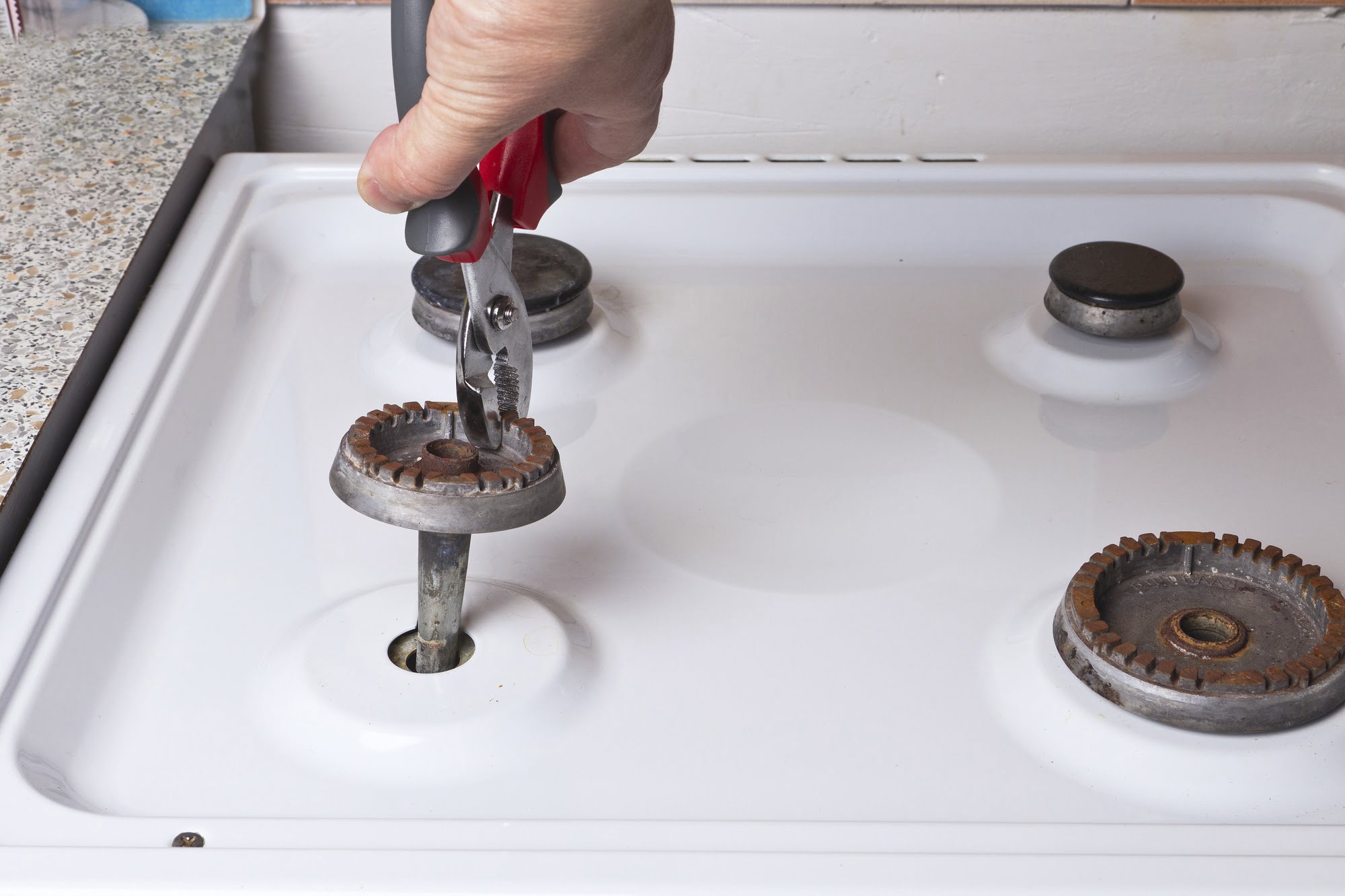
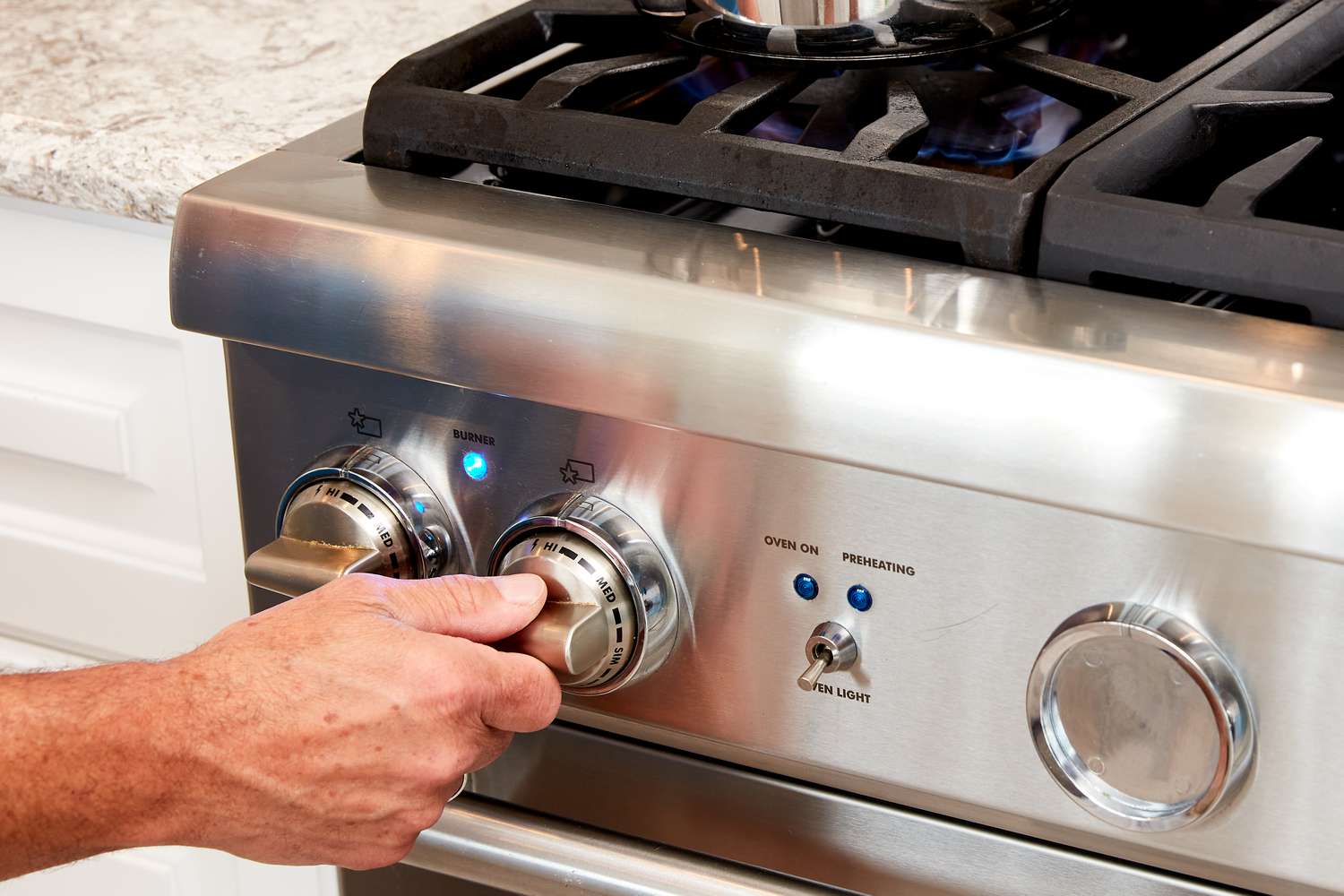
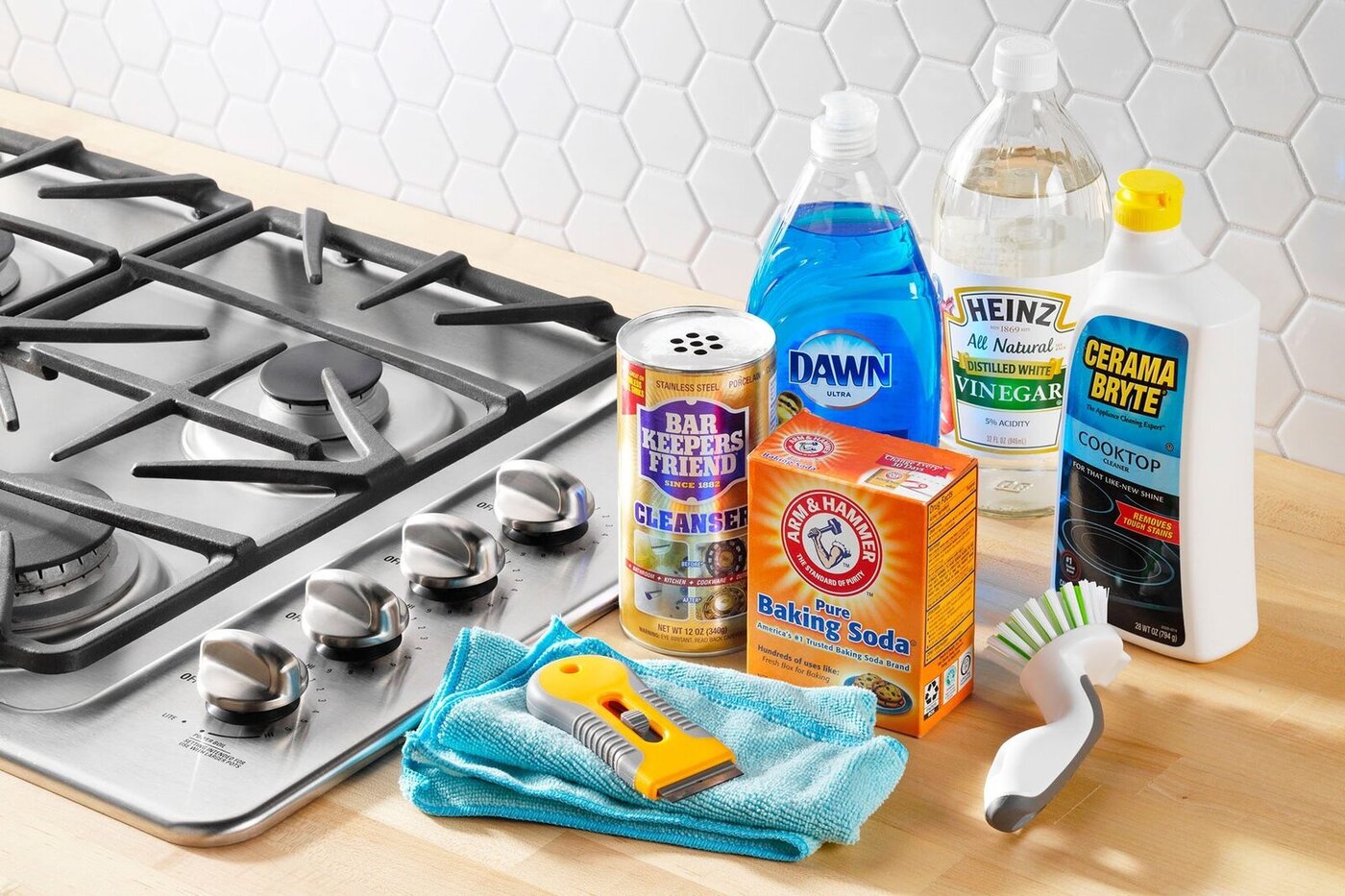

0 thoughts on “What Are Stove Burners Made Of”